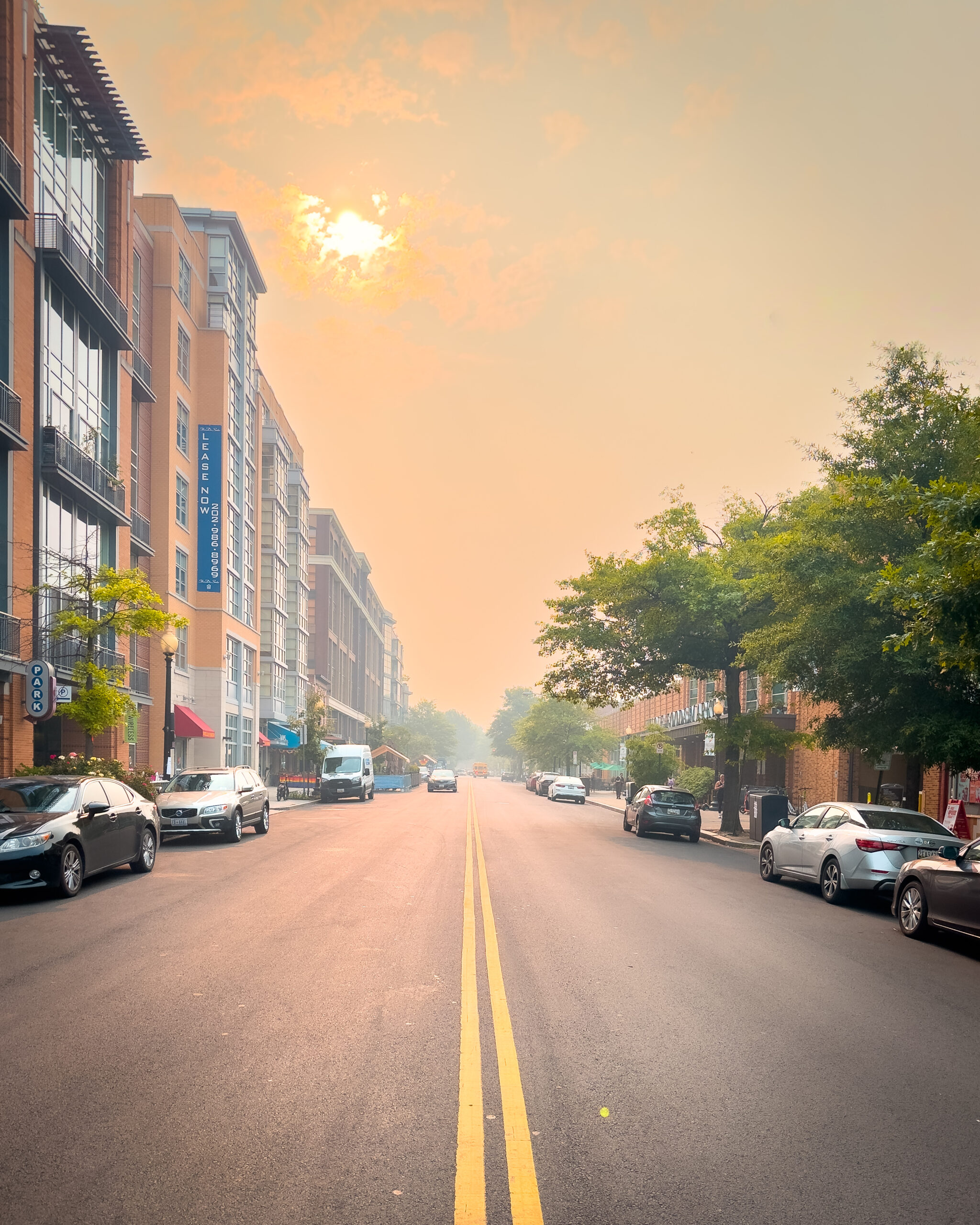On March 18, 2024, D.C. Policy Center Executive Director Yesim Sayin testified before the D.C. Council Committee on Housing. Her testimony focuses on the potential consequences to housing providers and tenants of abolishing voluntary agreements. Read the full testimony below, or download a pdf copy.
Bill 25-0418 would abolish voluntary agreements. This will, on balance, harm tenants and housing providers. Voluntary agreements allow housing providers and tenants to mutually agree on a rent increase that is greater than what is allowed under rent control laws, in return for agreed-upon improvements in services and amenities available to tenants. 70 percent of the tenants must sign the agreement before the provider can submit the petition.
We ask the Committee to consider the following facts:
First, voluntary agreements are rare.
A list of all voluntary agreements obtained from the Department of Housing and Community Developments for years between 2006 and 2018 shows a total of 235 petitions over these 12 years, with 88 approvals. That is the equivalent of 20 applications per year and 7 approvals per year.[1] To put this number in context, there are 3,258 multifamily rental apartments in D.C. That puts the petition rate to 0.6 percent and the approval rate to 0.2 percent.
Second, voluntary agreement petitions are almost always filed for older buildings, presumably in need of repairs.
We were able to match 117 applications to the publicly available information on building characteristics and found only one that was built after 1966 and only 10 built after 1955.[2]
Third, buildings that have petitioned for a voluntary agreement tend to be small.
Of the 188 petitions for which we can find buildings unit size, 144 had under 25 units and 172 had fewer than 50.[3]
Fourth, buildings that have petitioned for a voluntary agreement tend to have high vacancy rates.
Across the 188 petitions for which we had information on the number of occupied and vacant units, we found that for every occupied unit, there were 1.62 vacant units. In other words, collectively, the vacancy rate in these buildings was 62 percent.
20 out of the 235 buildings with voluntary agreement petitions since have converted into condominiums or coops.
We do not have information on whether these have been acquired through TOPA, but most likely the housing provider had to sell because the rents were not covering operating expenditures.
Voluntary agreements have received some bad press. But they have also made investments in older, smaller rent-controlled buildings with high vacancy rates possible.
Lenders will be more likely to lend to buildings with higher operating incomes. And voluntary agreements signal that operating incomes would increase. The opportunity of being able to adjust rents (with support from the tenants), when it is necessary to update amenities and services in a building, keeps investors interested in rent-controlled building and keeps housing providers interested in owning them. Without voluntary agreements, most of these buildings would be converted into condominiums.
Voluntary agreements are the clarion call for a failing building. Without them, the building will likely fail. I urge the Committee to consider these facts before making a decision. I am happy to answer any questions.
[1] This data has been obtained from DHCH through a FOIA request in 2019.
[2] We matched addresses in the dataset obtained from DHCD with the tax rolls to pull SSLs. We were successful in 225 out of the 235 cases. We were able to match these to CAMA data. Additionally, 8 SSLs had to information on year built.
[3] This is based on the data received from DHCD.
